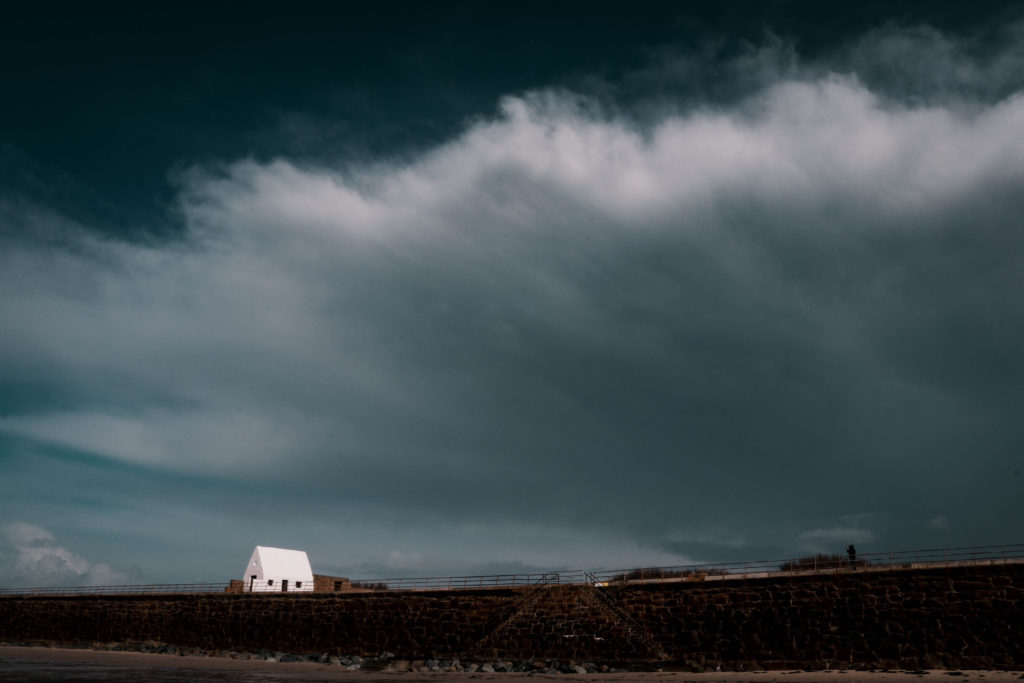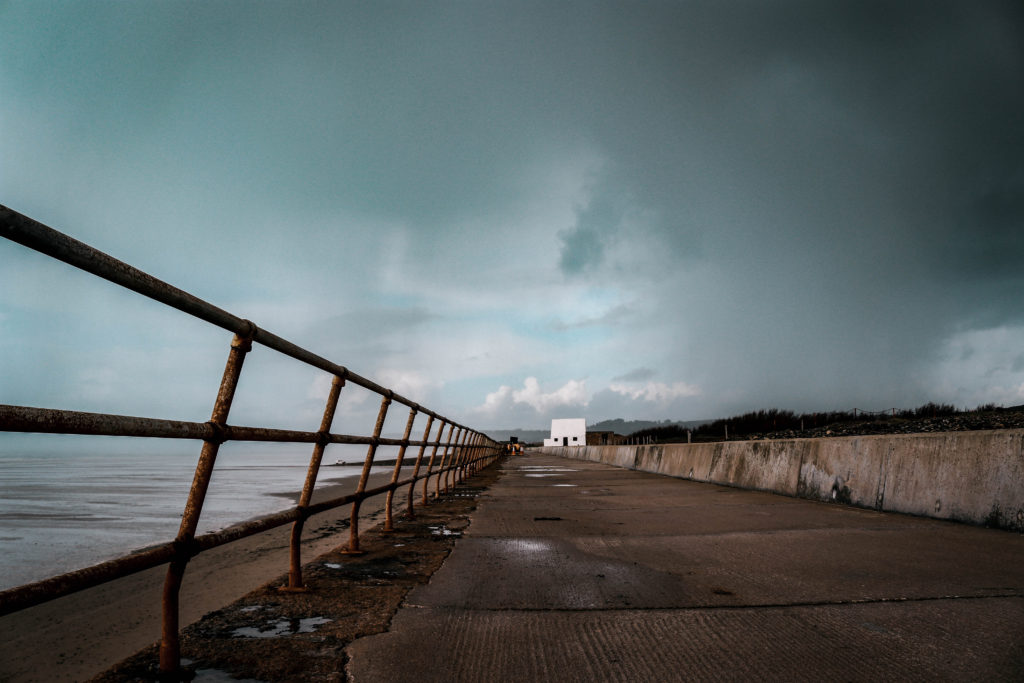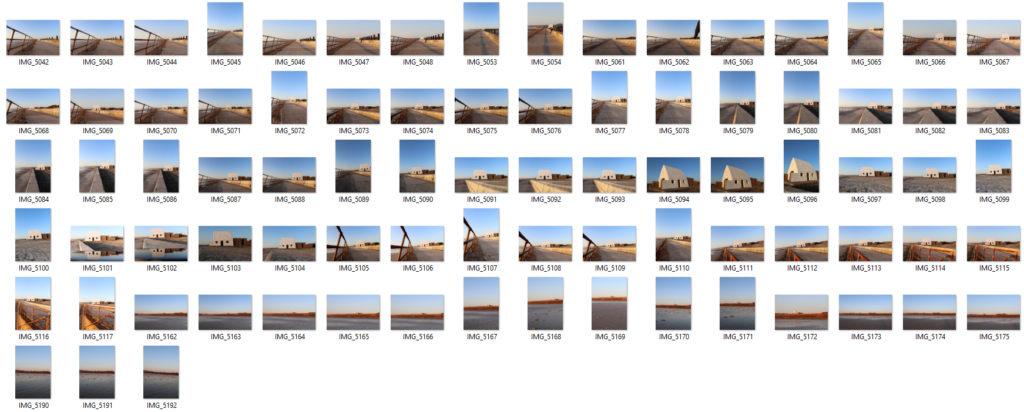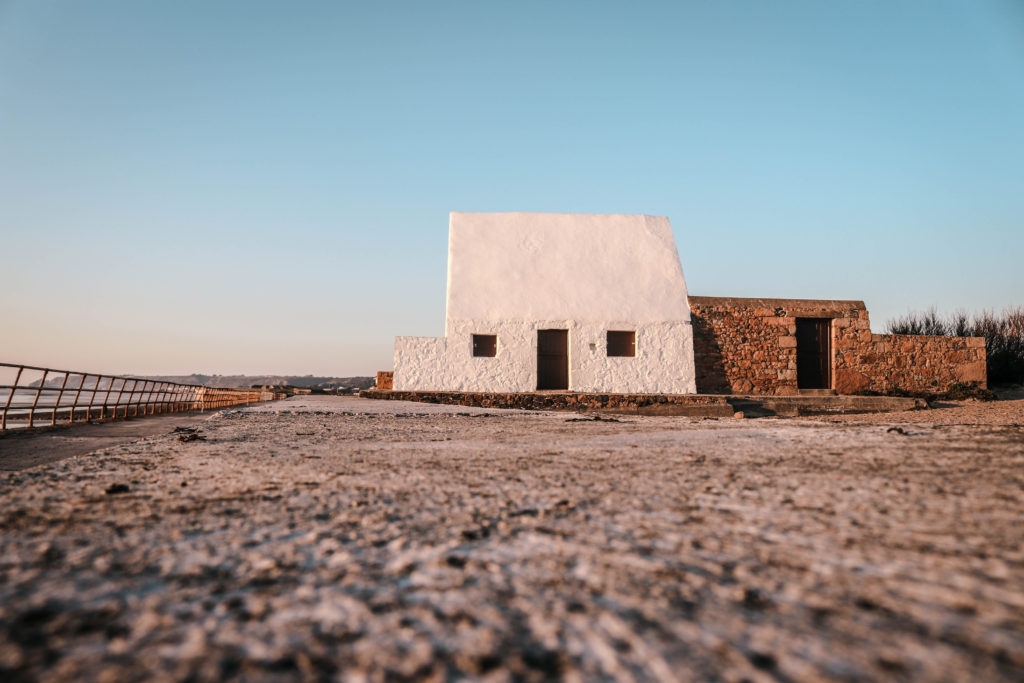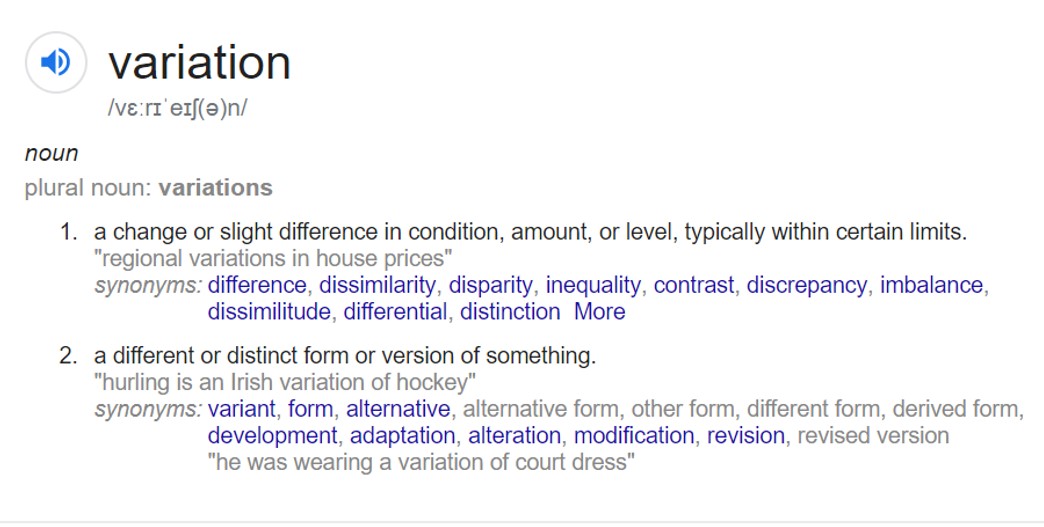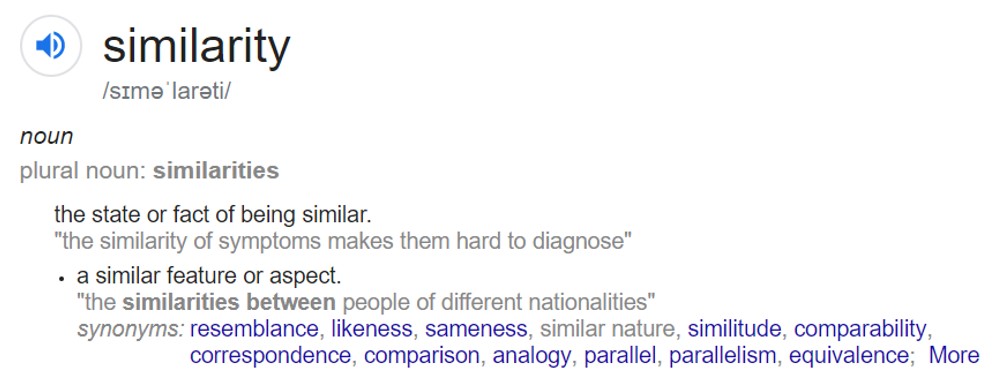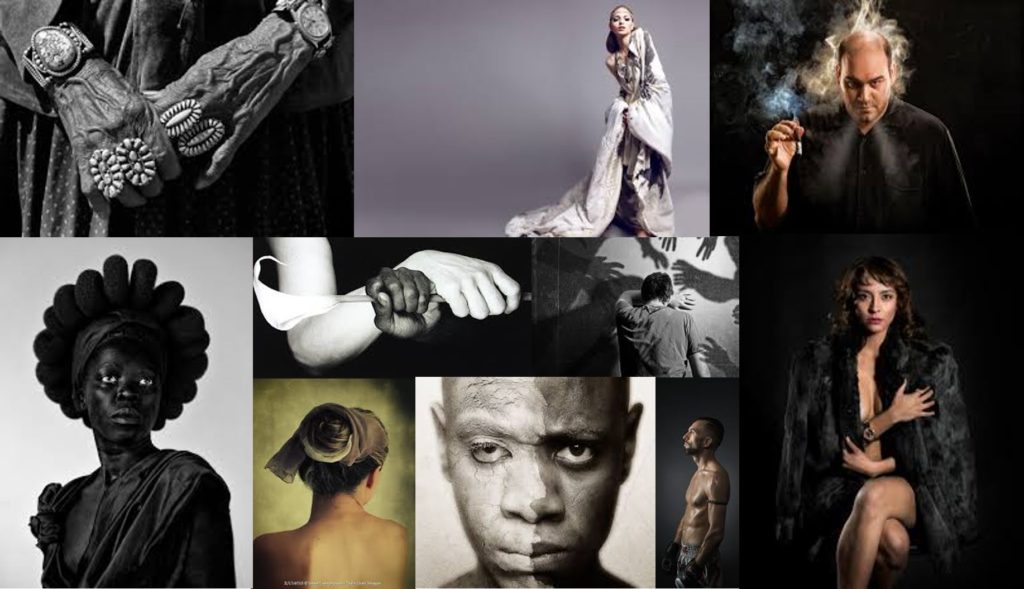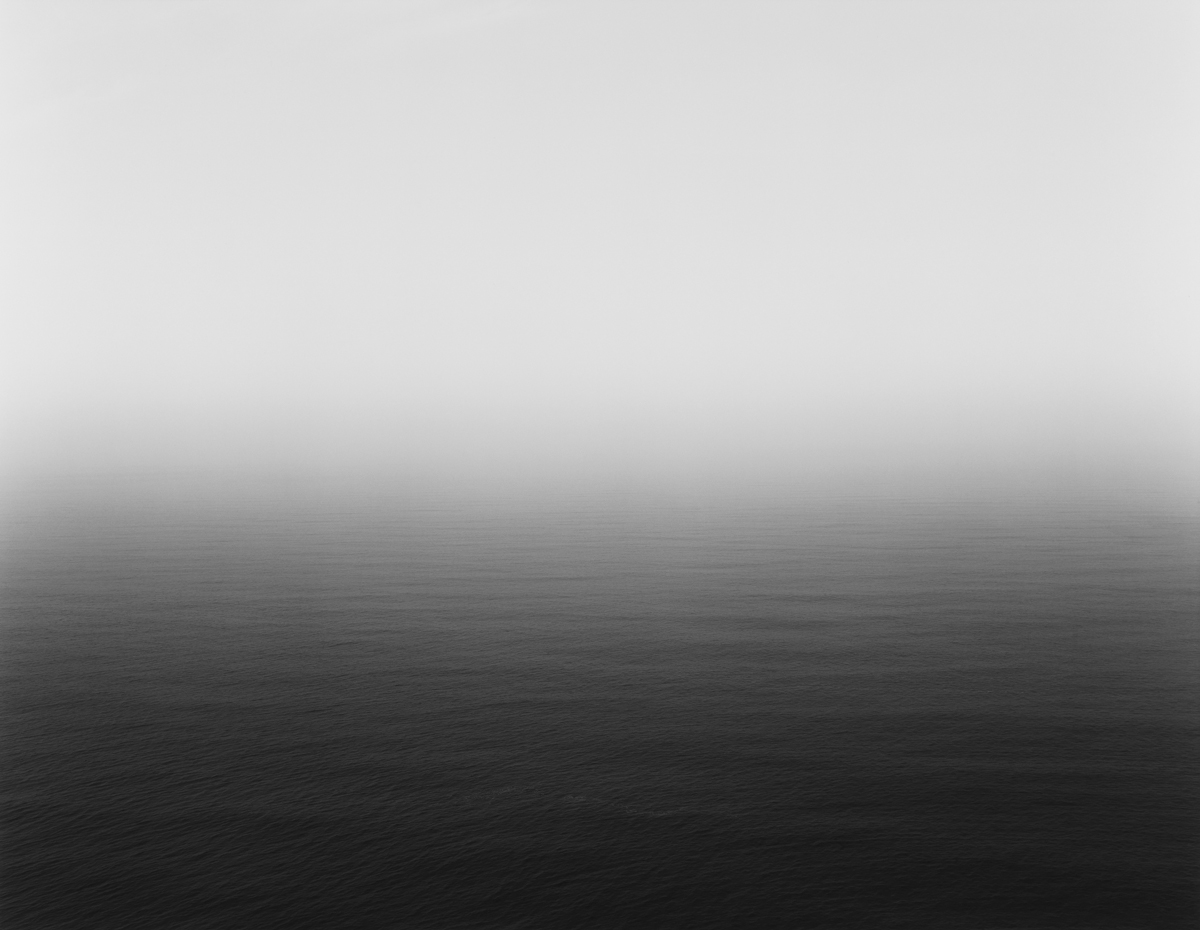Impressionism is a 19th-century art movement characterized by relatively small, thin, yet visible brush strokes, open composition, emphasis on accurate depiction of light in its changing qualities (often accentuating the effects of the passage of time), ordinary subject matter, inclusion of movement as a crucial element of human perception and experience, and unusual visual angles. Impressionism originated with a group of Paris-based artists whose independent exhibitions brought them to prominence during the 1870s and 1880s. The impressionist artists were not trying to paint a realistic picture, but an impression of what the person, object or landscape looked like to them. This how the name of the movement came about – impressionists. They wanted to capture the movement and life of what they saw and show it to us as if it is happening before our eyes.
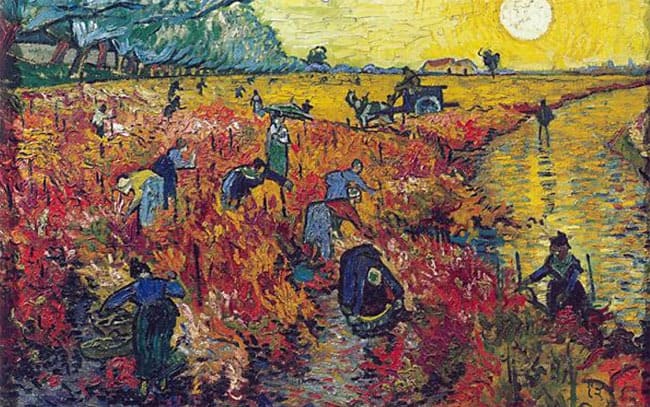
The sudden change in the look of these paintings was brought about by a change in methodology: applying paint in small touches of pure colour rather than broader strokes, and painting outdoors scenes to catch a particular fleeting impression of colour and light. The result was to emphasise the artist’s perception of the subject matter as much as the subject itself.
Impressionist art is a style in which the artist captures the image of an object as someone would see it if they just caught a glimpse of it. Usually when you imagine a scene you view this the same all the time, however it should differ as time goes on because the lighting is always changing. Impressionists paint their pictures with a lot of color and most of their pictures are outdoor scenes. Their pictures are very bright and vibrant with the absence of detail but with bold colors. Some of the greatest impressionist artists were Edouard Manet, Camille Pissaro, Edgar Degas, Alfred Sisley, Claude Monet, Berthe Morisot and Pierre Auguste Renoir.
Monet was interested in subtle changes in the atmosphere which I have taken a particular interest in shown through my previous shoots.
Impressionist covers much of the art of this time, there were smaller movements within it, such as Pointillism, Art Nouveau and Fauvism. Pointilism was developed from Impressionism and involved the use of many small dots of colour to give a painting a greater sense of vibrancy when seen from a distance.
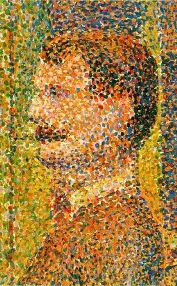
Before impressionism, landscapes in art were often imaginary and painted perfectly from a studio. The impressionists changed all that. They painted outdoors and on the spot. As they were outside, they looked at how light and colour changed the scenes and painted what lay in front of them. The technique of impressionism allowed the artists to quickly paint what was in front of them resulting in what some people argued to be ‘messy’. Lots of people didn’t like impressionism as they thought it was a bit messy and that the paintings looked unfinished. They thought art should be neater and that subjects in art should be more important than just everyday scenes. I argue against this point and believe that it is an interesting technique that allows an appreciation for the depiction of light which is often overlooked when looking at an art piece.





